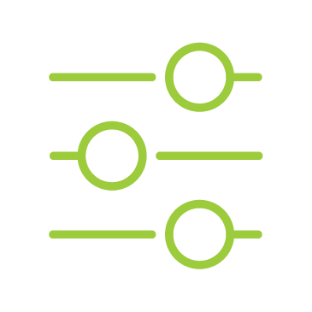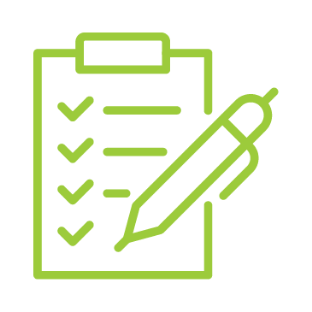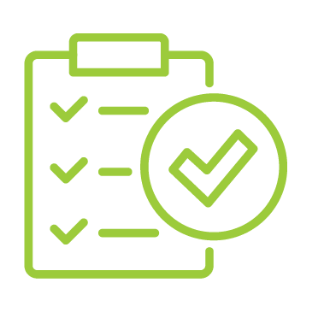
For HCPs
The Study Process
Participants who agree to join the study will complete two baseline assessment sessions.
Afterward, the team will determine if the participant is eligible to continue to the next phase, “Randomization.” If not, participation will end.
Baseline A
This session involves questions about the participant’s brain injury, medical history, and surveys about mood, stress, sleep, pain, behaviors (like drug or alcohol use), and life satisfaction. Some surveys may be done as interviews or electronic forms. After completing these, the study team will decide if the participant qualifies to move on.
Baseline B
In this in-person session, participants will do memory and decision-making tasks, like recalling words, identifying shapes, and drawing figures. A small blood sample (30 mL) will be taken to check for inflammation, and a brief physical exam will be conducted (e.g., vision test, heart rate). Optional procedures may also be offered.

Randomization and Treatment
Participants will be randomly assigned to either the HBOT group (a pressurized chamber with 100% oxygen) or a placebo group (a non-pressurized chamber with 21% oxygen). Neither the participant nor the study investigators will know which treatment they receive.

Treatment Sessions (“Dives”)
Each session, or “dive,” takes place in a chamber. Participants will complete 40 dives over 12 weeks at USF. Before each dive, investigators will record blood pressure, breathing rate, and pulse, and for diabetic participants, glucose levels. Participants will change into a medical gown and spend about 72 minutes in the chamber. Every 5 dives, participants will complete short surveys about how they feel. While HBOT is FDA-approved for certain conditions, it is still considered experimental for treating TBI. Each visit lasts about 90 minutes, and participants’ usual medical care will not be affected by the study.

Mid-Treatment Assessment
After 20 dives, participants will attend a mid-treatment visit to monitor their progress. This includes completing surveys and interviews similar to those done at the beginning of the study and providing a small blood sample (65 mL).

Post-Treatment Assessment
Two weeks after completing all 40 dives, participants will have a final visit to assess their well-being and thinking. They will complete the same surveys and interviews as before and provide another 65 mL blood sample. After this visit, participants will learn whether they received HBOT or the placebo. Those who received the placebo will have the option to undergo the actual HBOT treatment.